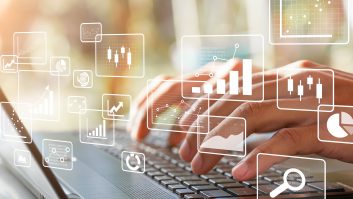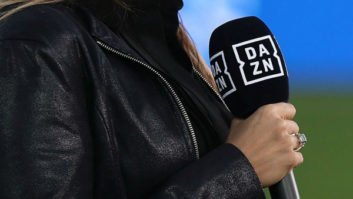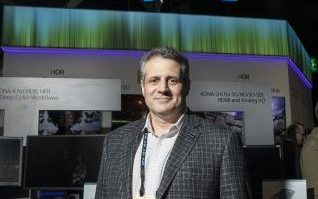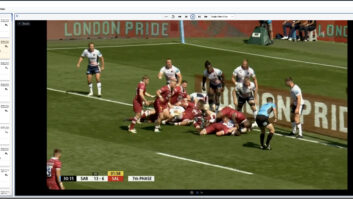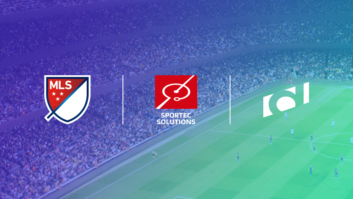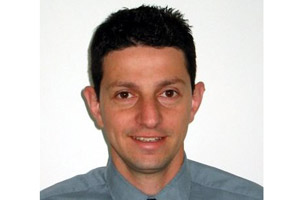
When the Jungle Book character King Louie sings, “Give me the power of man’s red flower,” he reminds us that mankind has seen a low number of huge advances and ‘man on the moon’ achievements. One of these just might be The Internet of Things (IoT).
It is a global revolution sure to impact on every industry and public service, and currently it is a convolution of ambitions for interconnectivity, with mind-blowing levels of data analytics. On the downside, the tracking of freedom of movement demands some serious legal restraints around the area of data exploitation, and the human right to disconnect.
In the areas dubbed ‘quality of life’, computer-controlled cars will be one of the front lines of IoT movement as people come to balance the inherent risks with the tens of thousands of people who have died in road accidents, while in control of their vehicle.
The benefits of IoT – improved health tracking, the smart city, and cognitive analytics were all hot subjects throughout 2016. The sub-plots include the usual misnomer of ‘regulation gets in the way of innovation’, the grey area of transport systems, the balance of improving the quality of life against issues around intrusion, the eventual potential of automation and no button pushing, and viable cyber security systems.
In terms of the potential of IoT, broadcasting is a minnow industry, so to discuss the opportunities and issues we start with one of the most famous faces of IBC and his huge ambitions for the man in the street. It is Ericsson that provides a second perspective, with suggestions that reflect on how content owners might better exploit IoT. The telcos are the big players yet again.
A global revolution
Michel De Wolf, founder and CEO of DWESAM Engineering, is the technical entrepreneur who took his ideas for Live IP production to VRT two and a half years ago. Who can forget his contribution to the IBC interoperability zone? His ideas for exploiting the potential of IoT however are nothing to do with broadcasting, but serve another domain he is very passionate about.
”IoT is a very general name covering a whole lot of markets and industries – the so-called verticals,” says De Wolf.
“Today my interest is focusing on the IoT as applied for smart cities. Again, a smart city is a very general name covering a lot of topics – smart homes, smart buildings, smart transportation, and smart stadiums. But there is one very interesting one that handles the public environment and what happens in the street. If IoT is implemented in a smart way, it can bring security and comfort to citizens. This is the domain I am focusing on now.”
IoT is a global revolution involving every single market, a bit like IT and IP, but at core it is really about supporting human decision-making. Is this a part of De Wolf’s idea in terms of user involvement?
“In one aspect it will help people to make the right decisions concerning places where there is the lowest amount of pollution, the lowest noise levels, etcetera, and on the other hand it will enable public services organisations to be much more reactive and effective in supplying their services,” he said. “What it will create is a tremendous number of eyes, including the interpretation of what is captured by those eyes.”
Does the plan involve a lot of data analytics, given that everyone is now set on translating data into information?
“There will be a tremendous amount of data from which to get valuable information, and maybe knowledge, so data analytics is the only way to go there.”
Surely this environmental idea involves algorithms that track people from place to place: one Japanese company is already famous for measuring pulse and breathing patterns via Wi-Fi?
“Ideally it should be possible to track any object and any anomaly in the street. But it is mandatory as well to de-personalise the data, otherwise we will get into tremendous privacy issues,” says De Wolf.
“I am a strong believer that we can use the gathered data to make the living conditions of citizens much more safe and comfortable, and not fall into the trap that George Orwell described in his book 1984.”
We need strong regulation
What standards might be required, and what body should set them is a message we all chime.
“We do not currently have very much in terms of global standards, as far as I know. Of course, communication is going to be fundamental, and there are already a lot of standards out there. But on top of that you need protocols,” says De Wolf. “I have seen some of them in some countries, but none are global.
“On the other hand, there is a huge need of standards for the data models. I strongly believe in open standards for the data as well. Again, you see a lot of initiatives by cities, which are already publishing a lot of their data publically. If we want to have global analytics and global tools, we need to go for standards.”
There are issues around IoT. It tracks freedom of movement, and 80 per cent of marketing people utilise customer information without any approval. Fewer than ten per cent of consumers know what happens to data derived from their selection habits. So is there a disconnection in terms of trust: it must be important to establish a very clear contract regarding data exploitation?
“Just as we need standards, we need strong regulation,” says De Wolf.
“Most cities do have privacy protection laws, but I do not think they are fully adopted. A lot of grey areas and questions do exist, so I think there is a huge task for the lawmakers, and they had better start soon.”
Is it important to separate out the IoT for industry applications, and IoT for consumer and health applications: there seems to be overlapping?
“Yes, and in the domain I am concentrating on, there is a need to separate the IoT for the public services from the consumer IoT. There will be come overlaps, but I can imagine that making all the accrued data publically available could bring the opposite to security to the cities,” warns De Wolf.
Is it viable to democratise the technology, the idea being that the more users latch on to IoT the better? What are the implications for cyber security?
“In my case, it is the duty of the public services. The consumption of the data and knowledge should made as democratic as possible,” says De Wolf. “As with any other technology, the better it can serve the security and well-being of humans, it can be used by criminals.
“Any design of these systems must have security in mind through the whole design process. It is not right to think that someone can add security in at a later stage,” he added. “But I am sure the technology is that far advanced today that it is possible to design a highly secure and smart city system.”
There are blind alleyways full of gimmickry with IoT, like toothbrushes flushing toilets. “Yes, there are. But I think in the domain I am describing, it will not happen as easily as it can occur in any consumer environment,” says De Wolf.
Telcos have advantages for introducing IoT
Ital Tomer (pictured), head of cloud DRV at Ericsson, set the scene for how service providers can gain penetration with IoT.
“Telcos have previously siloed smart home solutions as a separate entity, and we can help unify this. Ericsson is encouraging telcos to rethink strategies and deploy holistic quintuple-play systems that incorporate internet, TV, phone, smart phone and IoT capabilities,” he says.
“These companies already have many advantages for introducing IoT, when compared to standalone IoT companies trying to disrupt the marketplace. They have the subscriber management systems, security systems, video encryptions, video storage, video delivery (which could be used for IoT security cameras), scheduler and other components as part of their video solutions,” he adds.
“These are all the backend systems for IoT to exist today, as the backend systems for smart TV services.”
What is the Ericsson view of IoT in the home? “It is allowing telcos to open up existing systems via API and TV services to more home applications. This in turn will create more opportunities for IoT developers and companies that provide home services,” says Tomer.
“An example would be a personal monitoring tool, such as Fitbit, that can integrate with the user’s TV service, and as soon as they fall asleep, will dim the light and start recording the programme on the TV and shut down the set.
“Combining the existing strengths of telcos and combining this with the expertise of developers and companies that provide smart home appliances can create powerful user experiences.”
On the matter of data analytics, Tomer is with De Wolf. “We too see data analytics as a major part of IoT. Telco companies already invest a lot in machine learning and AI as part of TV services and are already utilising this into recommendation engines,” he says.
“This offers enormous value for IoT, as again, Telcos can apply this knowledge and data solutions to create a viable IoT offering for existing and prospective customers.”
On the issues of standards and cyber security, Tomer says, “Ericsson believes that the best approach for IoT is to use existing standards. A standard web API for example, already exists. The best solution is if people simply open up their API (like Amazon Echo did) to share from one IoT company to another.
“Most security issues are solved for telecommunication in TV and IPTV services, using the same quality of security ensures mature IoT product from day one,” he adds.
“Ericsson enables service providers to unify the backend infrastructure for both TV services and smart home offerings, while delivering a consistent user interface and experience across all screens and services. We also help service providers to lower total cost of ownership and gain a future-proof platform for TV and IoT/smart home services.”
